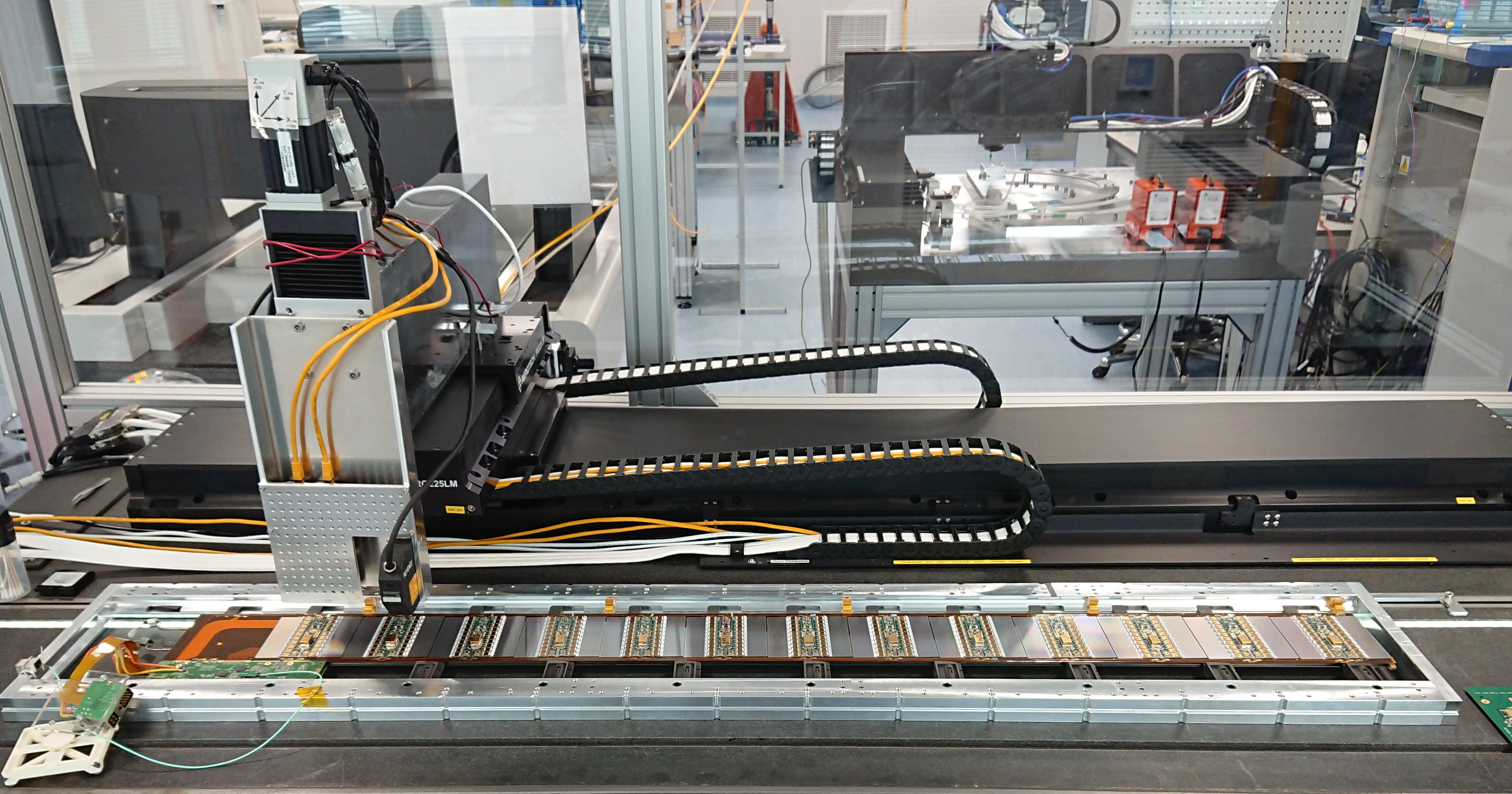Safety
Disclaimer
This is an outline of safe operating procedures around the motion system as installed at Rutherford Appleton Laboratory. The intent here is to guide as best as we can, but we cannot take responsibility for people’s safety in other places. Also note that safe operation per risk assessment requires an introduction to operation of the system by an expert and this documentation will not qualify you to operate the RAL gantry system.
Gantry system induced Risks
Pinching hazards

Pinching Hazards are the most severe perceived hazard in operation of the robotic gantry system
The gantry system (at RAL) is set up such that, in nominal conditions the gantry can move freely through its complete range of motion and cannot hit any default objects on the table. When loading bridges are installed, or the gantry is set up for glue dispensing, that is not true anymore, and a collision between mounted objects can occur, posing a risk to the gantry and the objects mounted. With the user generally on the outside, risks to the user due to motion are negligible.
To allow for fast enough acceleration, transporting the required equipment and thus weight along, the gantry can exert significant force. An absolute limit on the exerted force would thus prevent the gantry operating to requirements. This is particularly true on the Z-axis, which is screw driven and thus has a large translation factor between force applied by the motor and force exerted on an object.
Pinching or even clipping hazards arise:
When the z-axis moves downwards and objects/hands are presented in front of it
When the z or y-axis move, with objects mounted on the table, allowing the gantry head to crash into these or run just over them, clipping soft objects in its path
A previous attempt to avoid these risks by use of a light curtain made operation of the system near impossible. Removing the requirement for an acknowledgement of the light curtain invalidates much of its benefit, but is being looked into as a means to stop motion without requirement for emergency stop buttons.